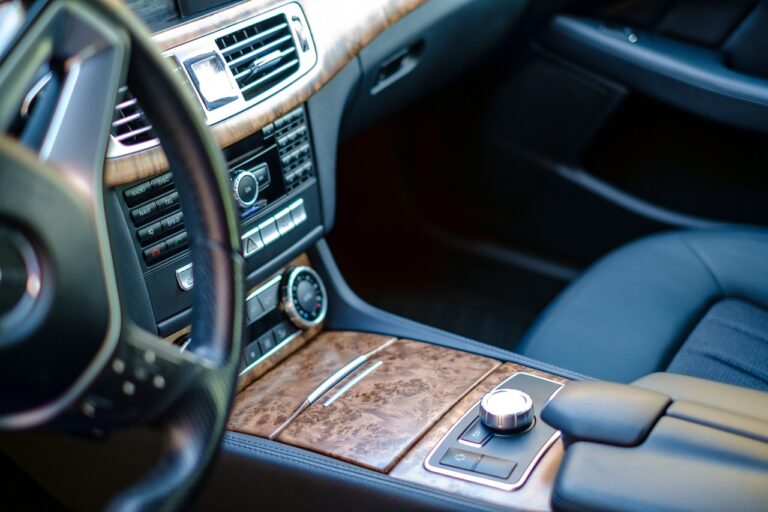Trends in Sustainable Golf Course Construction Materials: Implications for Businesses: 11xplay com, Gold365, Skyfairs
11xplay com, gold365, skyfairs: Golf courses have long been known for their sprawling green landscapes and manicured fairways. However, in recent years, there has been a shift towards more sustainable practices in golf course construction materials. This trend has implications for businesses in the industry, as consumers are increasingly looking for eco-friendly options. In this article, we will explore some of the latest trends in sustainable golf course construction materials and how businesses can adapt to meet these changing demands.
Sustainable golf course construction materials are gaining popularity for a variety of reasons. One of the key benefits is their lower environmental impact compared to traditional materials. Many sustainable materials are made from recycled or renewable sources, reducing the need for new resources to be extracted from the earth. This can help to conserve natural habitats and reduce greenhouse gas emissions.
Another advantage of sustainable materials is their durability and longevity. While some eco-friendly materials may have a higher upfront cost, they often require less maintenance and have a longer lifespan than traditional materials. This can result in cost savings over time for golf course owners and operators.
One trend in sustainable golf course construction materials is the use of recycled materials. For example, recycled plastic can be used to create synthetic turf for putting greens and tee boxes. This not only diverts plastic waste from landfills but also reduces the need for water and pesticides to maintain natural grass.
Similarly, reclaimed wood can be used for bridges, benches, and other structures on the course. Not only does this give new life to old materials, but it also adds a rustic and unique aesthetic to the course.
Natural materials such as stone and gravel are also popular choices for sustainable golf course construction. These materials are often locally sourced, reducing transportation emissions, and can help to create a more naturalistic look and feel for the course.
Businesses in the golf course construction industry can capitalize on these trends by offering sustainable materials as part of their services. By partnering with suppliers who specialize in eco-friendly products, businesses can differentiate themselves in the market and attract environmentally-conscious customers.
Furthermore, businesses can showcase their commitment to sustainability through marketing and branding efforts. By highlighting the use of sustainable materials in their construction projects, businesses can demonstrate their dedication to reducing their environmental footprint and appealing to a growing segment of environmentally-aware consumers.
In conclusion, sustainable golf course construction materials are on the rise, and businesses in the industry should take note. By incorporating recycled, reclaimed, and natural materials into their projects, businesses can not only reduce their environmental impact but also attract eco-conscious customers. Embracing these trends can lead to a more profitable and environmentally friendly future for the golf course construction industry.
FAQs:
Q: Are sustainable golf course construction materials more expensive than traditional materials?
A: While some sustainable materials may have a higher upfront cost, they often have lower maintenance costs and longer lifespans, resulting in cost savings over time.
Q: How can businesses find suppliers of sustainable golf course construction materials?
A: Businesses can research and reach out to suppliers who specialize in eco-friendly materials, as well as attend industry trade shows and events to discover new sustainable options.







